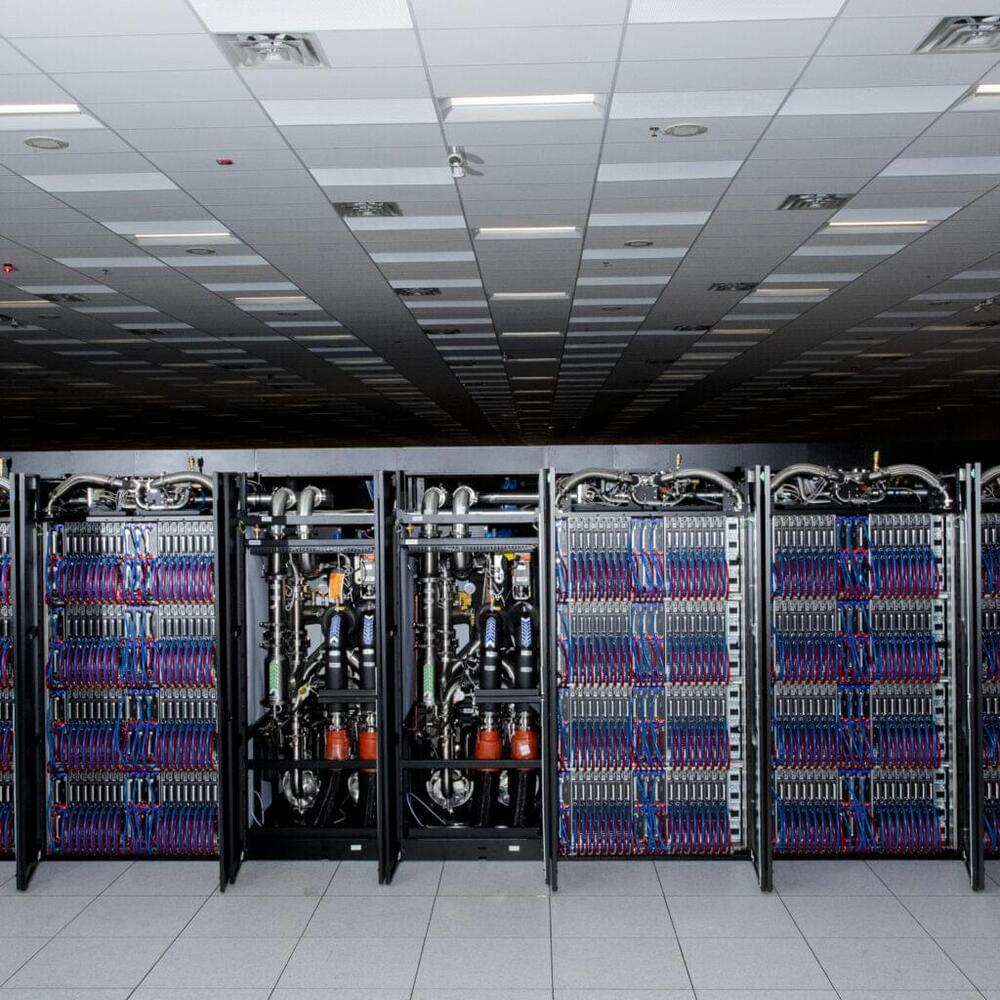Today is the ribbon-cutting ceremony for the “Venado” supercomputer, which was hinted at back in April 2021 when Nvidia announced its plans for its first datacenter-class Arm server CPU and which was talked about in some detail – but not really enough to suit our taste for speeds and feeds – back in May 2022 by the folks at Los Alamos National Laboratory where Venado is situated.
Now we can finally get more details on the Venado system and get a little more insight into how Los Alamos will put it to work, and more specifically, why a better balance of memory bandwidth and compute that depends upon it is perhaps more important to this lab than it is in other HPC centers of the world.
Los Alamos was founded back in 1943 as the home of the Manhattan Project that created the world’s first nuclear weapons. We did not have supercomputers back then, of course, but plenty of very complex calculations have always been done at Los Alamos; sometimes by hand, sometimes by tabulators from IBM that used punch cards to store and manipulate data – an early form of simulation. The first digital computer to do such calculations at Los Alamos was called MANIAC and was installed in 1952; it could perform 10,000 operations per second and ran Monte Carlo simulations, which use randomness to simulate what are actually deterministic processes.
